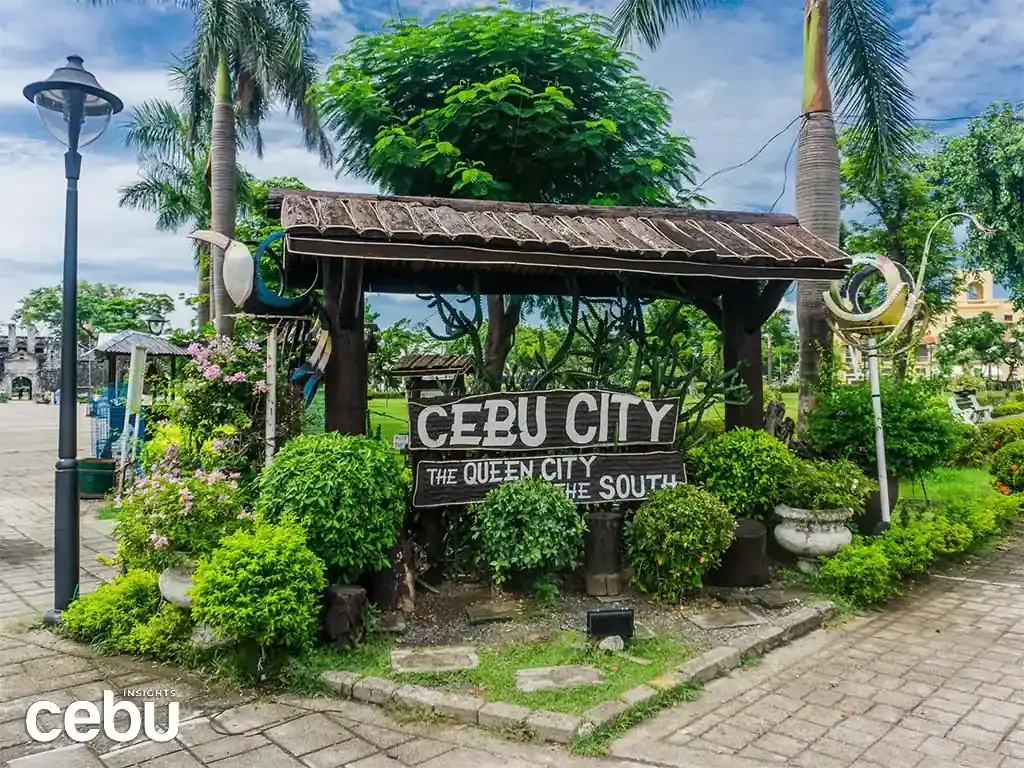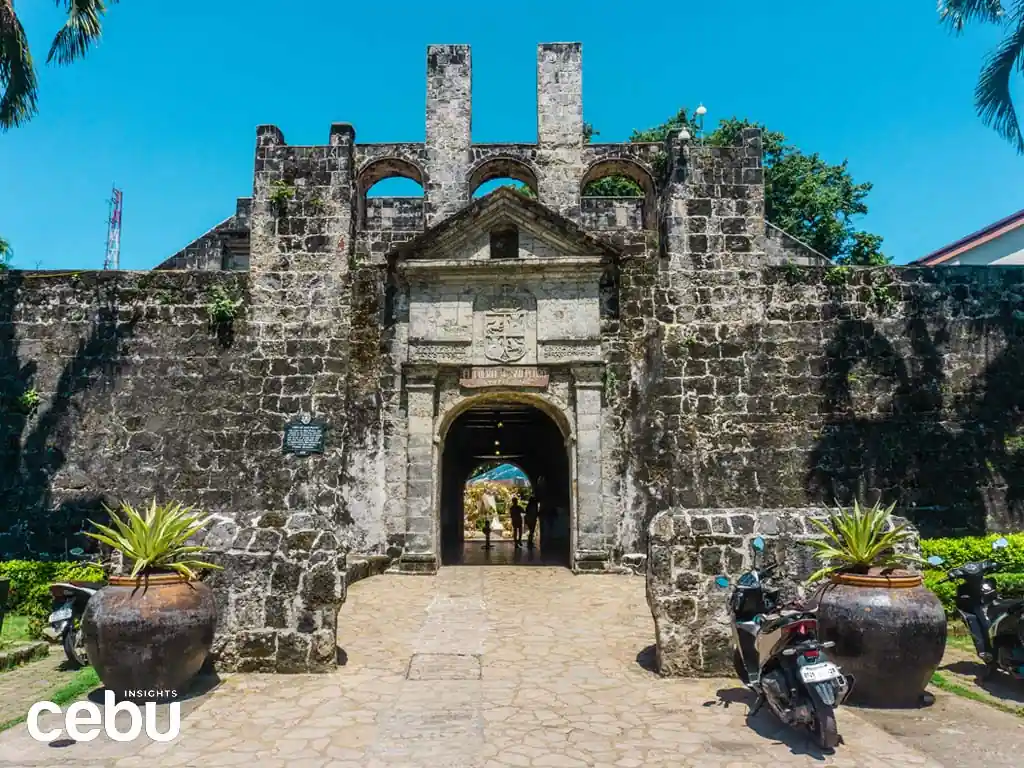The Queen City of the South is filled with history, being one of the oldest cities in the Philippines.
Cebu is known for its pristine beaches and delightful cuisines. But there are just as many interesting facts about Cebu that make it the island that we all know and love today.
It used to be one of the country’s bustling ports. During the reign of Rajah Humabon, Cebu became an important trading center in the Philippines, where various products were bartered, such as precious stones, architectural products, perfumes, goods, etc.
Its harbors were known vernacularly as “Sinibuayng Hingpit,” which means “the place for trading.”
The name “Cebu” comes from the native word “Sibu,” which means “trade” in English. It’s a primary indication of how popular Cebu is when it comes to trading.
However, Cebu is more than just a shipping hub; it is also a tourist magnet.
That being said, what is it about Cebu that makes people hungry for more?
Let’s find out.
1. Cebu is an island cluster paradise.
Cebu is filled with dozens of islands that have become must-visit tourist spots.
The Philippines is an archipelago that is made up of over 7,000 islands. The province of Cebu alone consists of over 160 islands.
Moreover, Cebu is found in a perfect geographical location. Many locals have built their livelihood, customs, and culture around the ocean. Over the years, people living in coastal communities have continued to rely on fresh bounty from the sea for their livelihood.
Interesting Fact: Cebu was known as a fishing village in the Philippines before the Spaniards came.
2. Cebu hosts an event dedicated to one of the most epic battles in Philippine history.
The Battle of Mactan is celebrated every April 27th in honor of the local hero, Lapu-Lapu.
You’ve probably heard of the name Lapu-Lapu from the locals. Cebuanos know about the bloodbath that took place in Mactan in 1521. This marks the first resistance against imperial Spanish colonization led by Ferdinand Magellan.
It was after his further exploration of the shores of Cebu that he landed on the neighboring island of Mactan. Lapu-Lapu, who was the chieftain, welcomed him with a blade and an army of around 1,000 warriors.
The Battle of Mactan is given so much importance every year that Cebuanos hold a festival entirely dedicated to it. Cebuanos named it Kadaugan sa Mactan, which means “victory in Mactan.”
It’s a festival that takes place every April 27th. Cebuanos celebrate this affair with vibrant street parades and the re-enactment of the battle in Mactan. The Battle of Mactan plays a significant role in the history of Cebu, where Cebuanos are reminded of a man’s love for his land, and how his culture is strong enough to keep people free from invaders.
3. It’s where Catholicism started.
According to historical accounts, Rajah Humabon and his wife, Queen Humamay, were among the first to be converted to Catholicism. Along with them, there were also 800 others baptized by Spanish missionary Father Pedro Valderrama, the chaplain of the expedition led by Ferdinand Magellan.
After they were baptized, Chief Humabon and Queen Humamay received the Christian names Carlos and Juana.
The Sto. Niño was a gift from Ferdinand Magellan to the monarchs in Cebu.
As a baptismal gift, Magellan presented Juana with an image of the child Jesus (called Sto. Niño), which is now housed in the Basilica Minore del Santo Niño. Today, it’s widely venerated by Filipino Catholics, and every year the annual celebration called “Sinulog” is held on the third Sunday of January in honor of the saint.
4. It holds one of Asia's biggest festivals.
The Sinulog Festival is one of the biggest festivals in Asia.
For 32 years and counting, the Sinulog Festival has been a traditional celebration in Cebu City. The festival is done through a dance ritual, in which it tells the story of the Filipino pagans’ past and their acceptance of Christianity.
The Sinulog Festival is held in honor of the Holy Child, Santo Niño.
People converge along the route of a grand solemn procession and partake in the gaiety amidst a mardi-gras-type parade. The parade is immersed in wild colors and the constant beating of “Pit Senyor!”
This celebration is an annual and cultural event that attracts 1 to 2 million visitors from all over the country.
5. The oldest street in the country is found in Cebu City.
Colon Street in Cebu City is the oldest street in the Philippines.
The National Historical Institute recognized Colon Street as the oldest street in the Philippines. On May 17, 1999, the government built an obelisk at the end of Colon, declaring the city’s main thoroughfare a national landmark.
The inscription on the obelisk says: “Colon Street, also known as Parian, is the oldest street in the Philippines.”
The street was named after the Italian explorer Christopher Columbus (whose Spanish name is Cristobal Colon), who left a great mark in the history of Cebu.
6. It is also home to the oldest fort in the country.
The Fort San Pedro is accessible through the Plaza Independencia nature park.
Fort San Pedro is the oldest fort in the Philippines. It’s both a garrison and a fort that was built by Spanish and native Cebuano workers under the command of Miguel Lopez de Legazpi.
The two sides of the fort face the sea. When it was still active, the two sides of the fort were protected by canons.
Although Fort San Pedro is the smallest triangular fort in the country, the Americans used it as an army camp for military troops during World War II.
7. Museo Sugbo was a former prison.
The Museo Sugbo is the provincial museum of Cebu in Barangay Tinago.
If you’ve been to Cebu and visited Museo Sugbo, you may not have known that this official museum was a former provincial jail known as the Cárcel de Cebú.
The prison was intended to house criminals from the whole Visayas district. It has witnessed several pivotal events during its 135-year history.
It also served as a prison for Katipuneros who were sentenced to death and a prison where guerillas were tortured by the Kempei-Tei (or Kempeitai) during the Japanese Occupation.
During the 1980s, the prison changed its name to Cebu Provincial Detention and Rehabilitation Center. And in 2008, it was converted into a museum.
8. Barangay Hipodromo was a former racetrack for horses.
Before the war, watching a horse race was part of the Cebuano lifestyle. The starting point of the race is located near the entrance along M.J. Cuenco Avenue, while the Pacific Foundry used to be the clubhouse where people watched and bet on horses.
Hippodrome closed during World War II and reopened after the war. But they found that horse racing was no longer profitable. In the late 1950s, the mayor opened the Hippodrome to serve as a relocation site after a huge fire hit Carreta and T. Padilla (two neighboring barangays in Cebu City).
Later on, the place became an official barangay and was renamed “Hipodromo.”
Know Any Interesting Facts about Cebu?
Cebu is undoubtedly more than just an island. It’s not just the tourist destinations that make it an exciting spot. It’s the history and stories of the place that tells us what Cebu is all about other than its beautiful attractions.
What about you? As a fellow Cebuano, Filipino, or tourist, do you know any interesting facts about Cebu you’d like to share?













